Respiratory Therapist Job Description Template Word
Are you looking for a comprehensive and customizable job description template for a respiratory therapist position? Look no further than the Respiratory Therapist Job Description Template Word from Bizmanualz.
This template is designed to help you create a job description that accurately reflects the duties and responsibilities of a respiratory therapist. It includes sections for job summary, essential duties and responsibilities, qualifications, physical demands, and work environment.
With this template, you can easily tailor the job description to your specific organization and the needs of the position. You can add or remove duties and responsibilities, adjust the qualifications and requirements, and include any other relevant information.
Using a job description template can save you time and ensure that you are creating a thorough and accurate description of the position. It can also help you attract qualified candidates who are a good fit for the role.
The Respiratory Therapist Job Description Template Word is available for immediate download and can be edited in Microsoft Word. It is a valuable tool for any organization looking to hire a respiratory therapist and ensure that they are hiring the right person for the job.
Don’t waste time creating a job description from scratch. Download the Respiratory Therapist Job Description Template Word today and start attracting top talent to your organization.
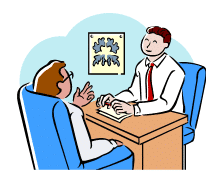 RESPIRATORY THERAPIST SUMMARY OF FUNCTIONS
RESPIRATORY THERAPIST SUMMARY OF FUNCTIONS
The Respiratory Therapist, or RT, cares for patients who have trouble breathing, often from chronic respiratory conditions or diseases (e.g., asthma, emphysema). In addition, they provide emergency to patients suffering from a heart attack, stroke, drowning, anaphylaxis, etc.
RESPIRATORY THERAPIST ESSENTIAL DUTIES AND RESPONSIBILITIES
- Interview and examine patients with breathing or cardiopulmonary disorders.
- Consult with physicians to develop treatment plans.
- Perform diagnostic tests (e.g., measuring lung capacity, peak volume, oxygen level).
- Treat patients using a variety of methods, including chest physiotherapy, aerosol medications, and nebulizers.
- Monitor, record, and analyze progress of treatment; recommend changes to treatment plans, where needed.
- Supervise respiratory therapy technicians during tests and evaluate test results.
- Teach patients how to use treatments, apparatus.
- Provide smoking cessation and other counseling, where required.
ORGANIZATIONAL RELATIONSHIPS
Reports directly to the Attending Physician.
RESPIRATORY THERAPIST QUALIFICATIONS
An associate’s degree is required; a bachelor’s degree in respiratory therapy from an accredited program is preferred. Must be a current Registered Respiratory Therapist (RRT) and have a current RT license from the State in which employed.
Detailed equipment training will be performed on-the-job. This position requires sensitivity to people’s pain and suffering and the ability to remain calm and attend to details in emergency situations (e.g., respiratory arrest).
RESPIRATORY THERAPIST PHYSICAL DEMANDS
Ability to communicate orally with patients, management, and other co-workers is crucial. Regular use of the telephone is important. Standing, walking or sitting for extended periods are common. Hearing and vision within normal ranges is helpful for normal conversations, to receive ordinary information and to prepare or inspect documents.
Heavy lifting (50+ lbs. / 22.68+ kg.) is not expected, though occasional exertion of 10+ lbs. of force may be required. Require good manual dexterity for the use of common office equipment (e.g., a desktop/laptop computer) and specialized medical equipment use and training (flow meters, ventilators, nebulizers, etc).
Good reasoning ability is required to solve a wide range of medical and emergency problems. Able to apply algebra and other analytics as required. Must be emotionally stable and able to cope with human suffering, emergencies, and other stresses. Must be able to understand and utilize management reports, medical charts, and other documents to conduct business.
WORK ENVIRONMENT
The job is performed indoors in a traditional medical office or hospital setting. Exposure to potentially dangerous materials and situations that require following extensive safety precautions as well as loud noises, unpleasant odors, and liquids may occur. Protective safety equipment may be required including appropriate clothing, shoes, gloves, and goggles as needed.
Activities include extended periods of standing, walking, or sitting and extensive work with medical devices/machines.


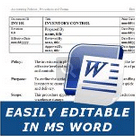
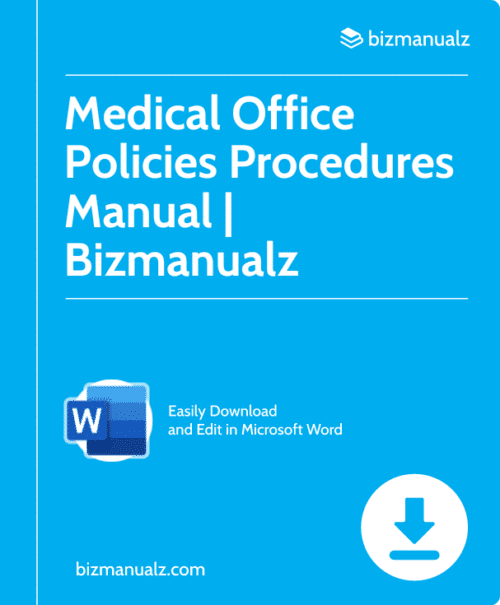
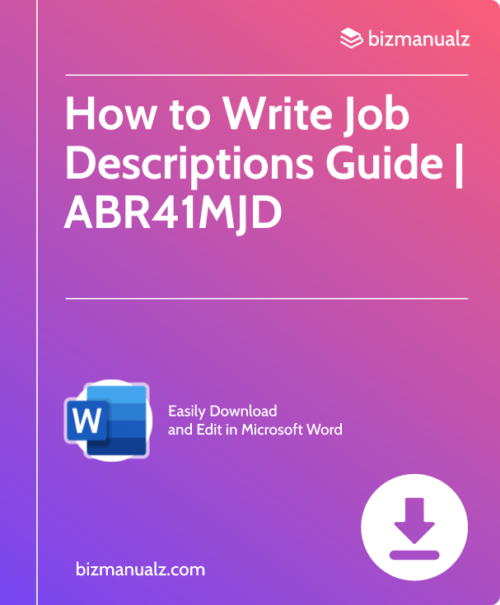


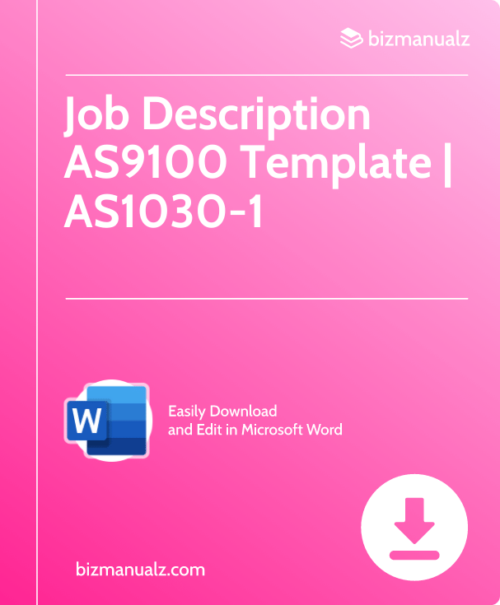

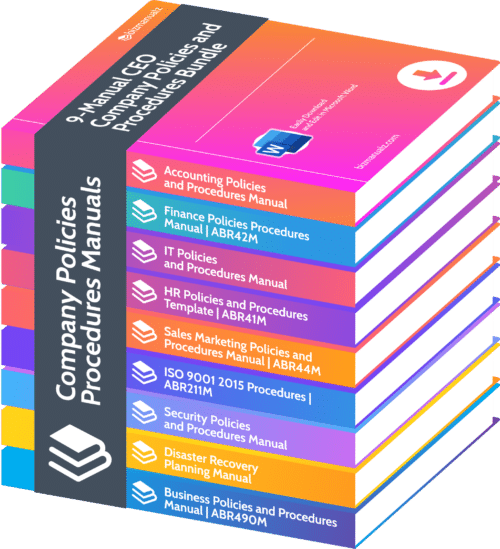
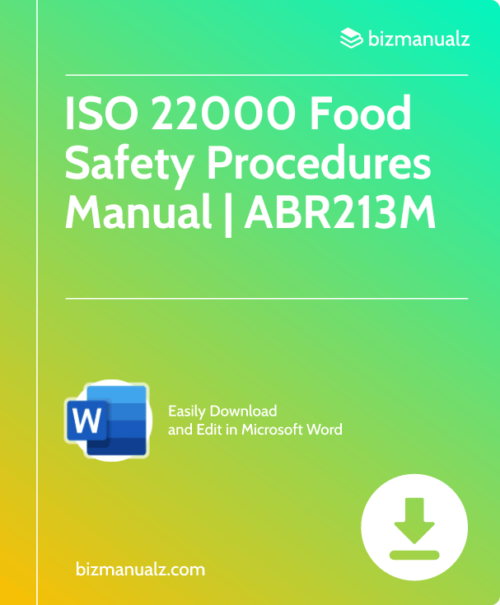
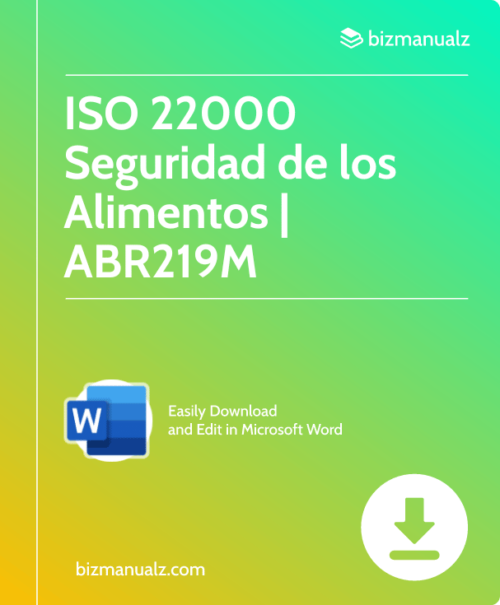
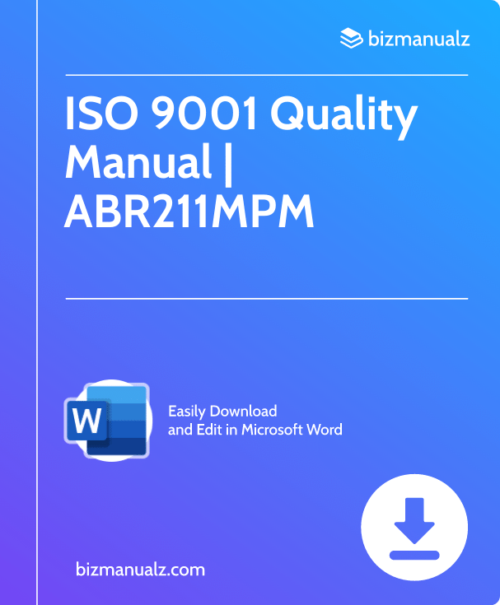
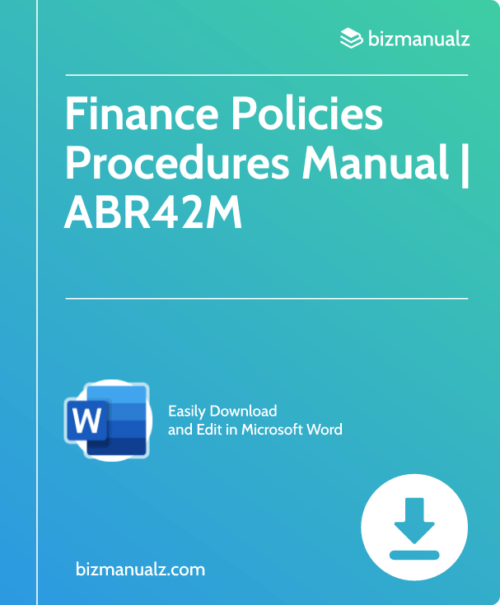
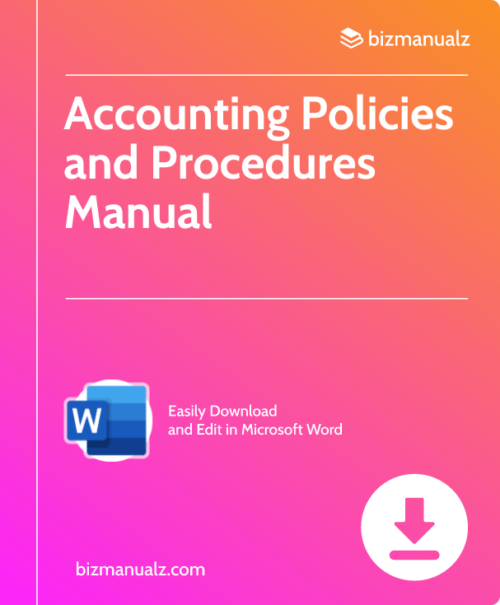
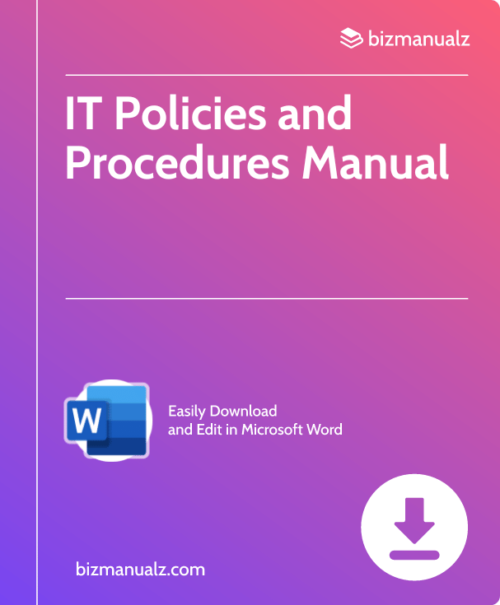
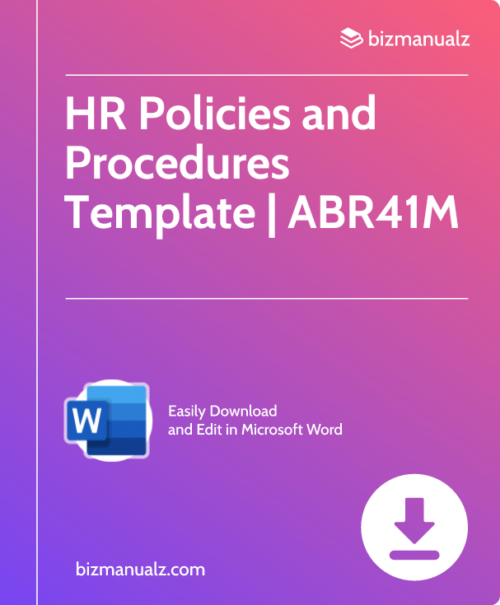
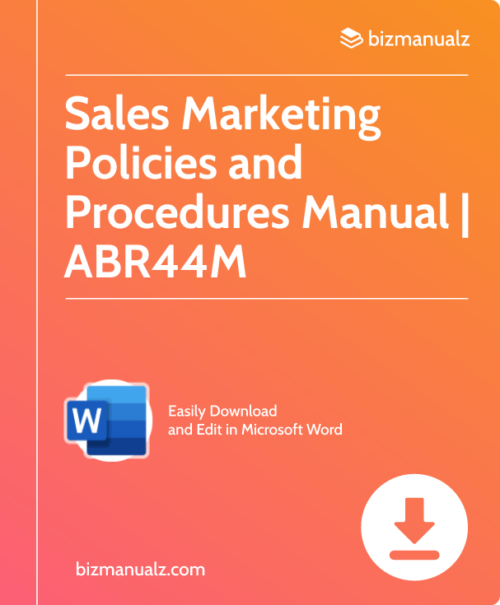
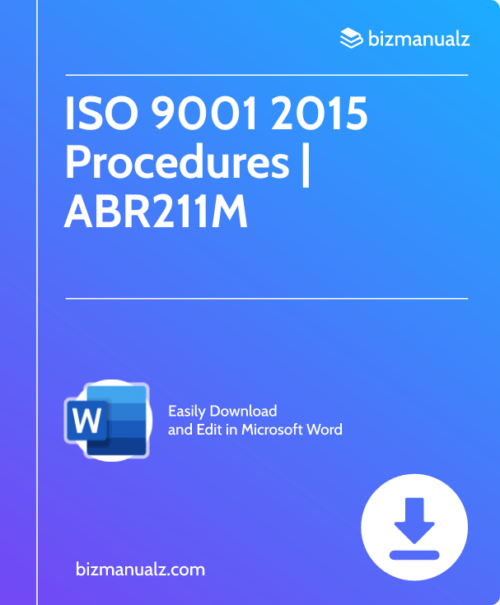
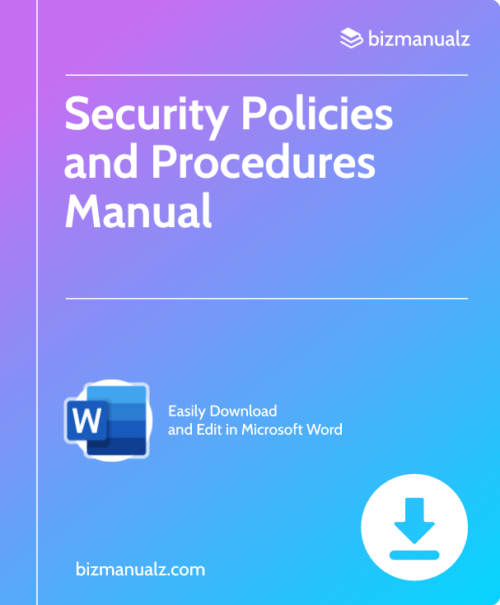
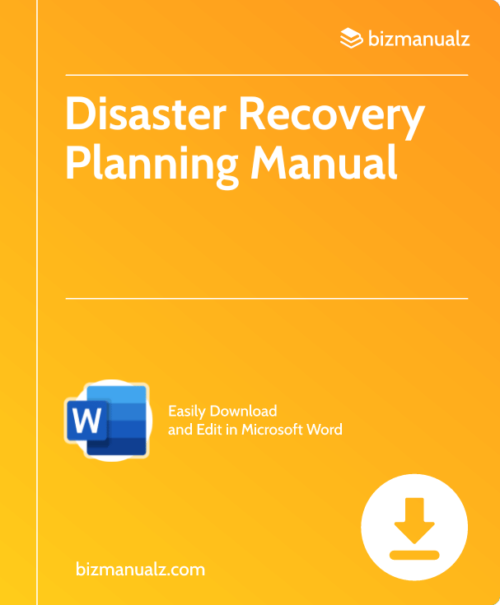
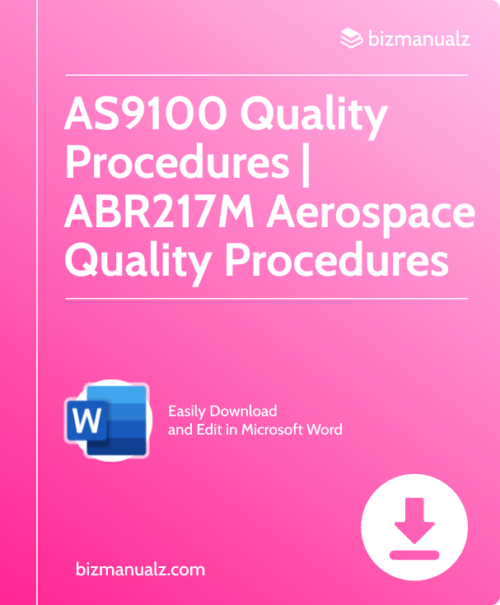
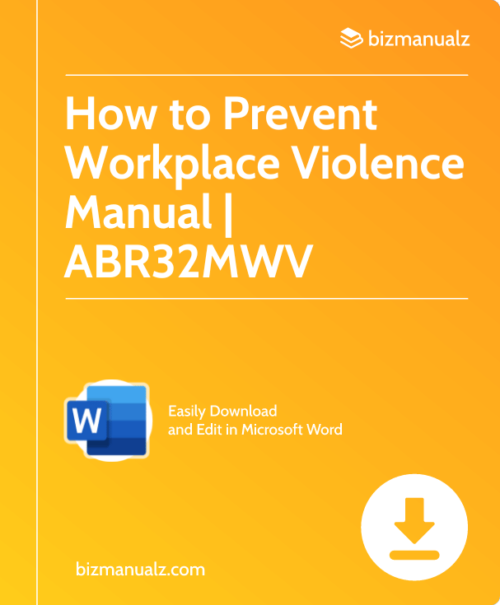
Reviews
There are no reviews yet.